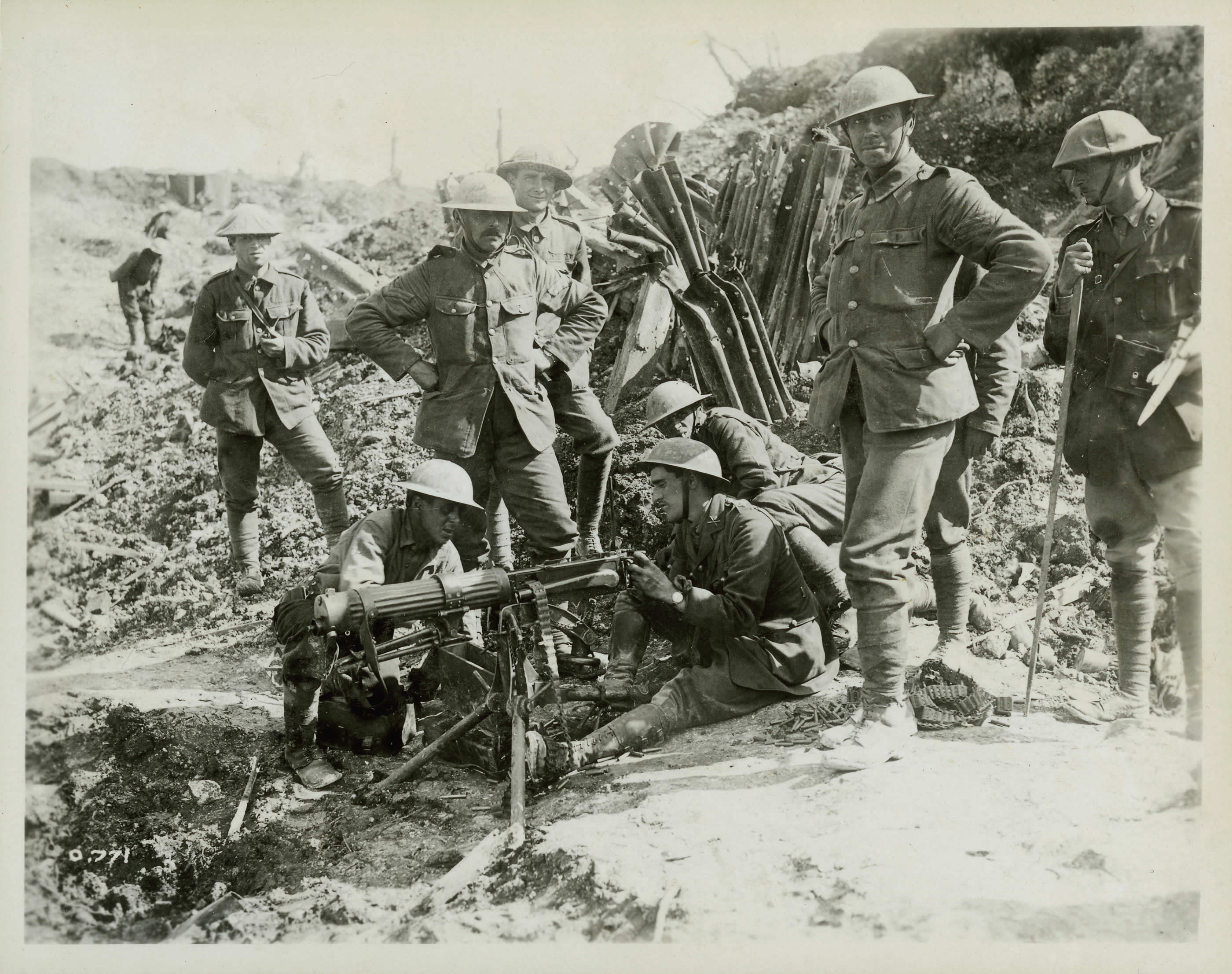Depending upon the gunner and conditions, a barrel change could be required as often as every 200 to 250 rounds. When the hot barrel was removed, it was reserved till it was cool enough to use once again. Machine-gun groups would have as numerous as six spare barrels on hand.
Driving through a just recently protected area in Belgium, the observant Liniewski found the abandoned weapon in a field. Liniewski then did what any unsupervised GI would have carried out in that position; he stopped his truck and seized the opportunity to snag a fantastic keepsake for the folks back house. As an assistance soldier, Liniewski was not familiar enough with weapons to dismantle his MG-42, so he hung on to it for a while until he found a camp where German prisoners of war were being held.
The weapon remained in the Liniewski household till 2016 when his son Marty contributed the weapon to the Museum. In spite of its propensity to get too hot, the MG-42 was an outstanding weapon that was light-years of ahead of the United States equivalent, the Browning M-1919A4 machine weapon. Germany produced approximately 400,000 MG-42s during the war, some of which are still in active duty.

Taken together, all these weapons gave the Red Army a more practical variety of assistance weapons, better able to challenge the Germans for fire superiority on the battleground. Fully detailed, this study explains the innovation and the methods of these gatling gun. Kept in mind authority Chris Mc, Nab sets out how these machine weapons were distributed and tactically applied and offers numerous examples of the weapons in action, from attack groups on the streets of Stalingrad to tank crews having a hard time for survival at Kursk.
All About Us Military Depended On Foreign Weapons During World War I
Illustrated with high-quality photographs and specially commissioned artwork, this is a deep analysis of these vital tools of warfare within the Soviet forces.
Taken together, all these weapons gave the Red Army a more useful range of assistance weapons, better able to challenge the Germans for fire superiority on the battleground. Completely illustrated, this research study describes the innovation and the techniques of these machine weapons. Kept in mind authority Chris Mc, Nab sets out how these machine weapons were dispersed and tactically applied and supplies various examples of the weapons in action, from assault teams on the streets of Stalingrad to tank teams struggling for survival at Kursk.
Illustrated with top quality photographs and specifically commissioned artwork, this is a deep analysis of these necessary tools of warfare within the Soviet forces.
The gatling gun company, commanded by a captain, had an assigned strength of 6 commissioned officers and 172 employed guys, and brought 16 guns, 4 of which were spares. Within the company there were 3 platoons and a head office section. A very first lieutenant led the first squadron, while 2nd lieutenants led armies 2 and three.
Facts About Weapons Of War: Machine Guns Revealed


Within each section were 2 weapon squads, each with one gun and nine males, led by corporals. The gun squad had one battle cart, pulled by a mule, to transfer its weapon and ammo as close to the firing position as enemy fire enabled. From there the teams moved the weapons and ammo forward by hand.
It had just 2 business, similar to the other maker weapon business in terms of workers and weapons. Each weapon team used a special motor vehicle to transfer its personnel, weapon and equipment.
In this role the guns were placed 300 to 1000 meters to the rear of the cutting edge. When they used their weapons because style, the gatling gun officers frequently encountered opposition from the rifle company commanders, who chose to have the weapons further forward, fearing that their infantrymen would be at danger of stray low rounds as they advanced under the overhead gatling gun fire.
In addition, they quickly discovered that the machine guns were high concern targets for enemy fire, and that it was useful to have the weapons at some distance from the infantry positions. Given that opponent gatling gun posed the best danger to the attacking troops, the gatling gun crews made every effort to find the enemy guns and to focus their fire upon them.
The 8-Minute Rule for How The Machine Gun Changed Combat During World War I
A proportion of the weapons was held back as a reserve under command of the machine gun officer. 6Machine weapon tactical doctrine determined that in the defense the Hotchkiss guns need to only hardly ever lie within 100 backyards of the front line which at least two-thirds of the weapons must be echeloned back through the whole protective position, located so that nearby guns would be equally supporting.

7 To find other features on the check out our THE DOUGHBOY CENTER wants to constantly expand this function. Additions and talk about these pages may be directed to:.
I was impaled on this. My only fear was that he would push the trigger which would have made a hell of a mess. In the meantime, my sergeant who was near he saw me; was available in close; shot the fellow and then hoisted me, with the aid of another guy, off the bayonet.
He was dead and it wasn't enjoyable. A bayonet wound straight it enters it hurts and the withdrawal is most likely even more distress than the 'putting in' because the 'putting in' is rapid. Another kind of weapon was the trench club. These could be used on trench raids and in close quarter battling.